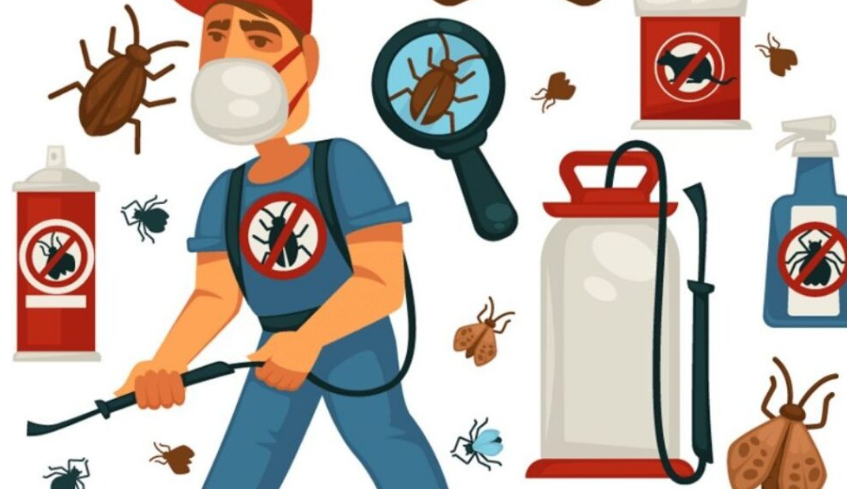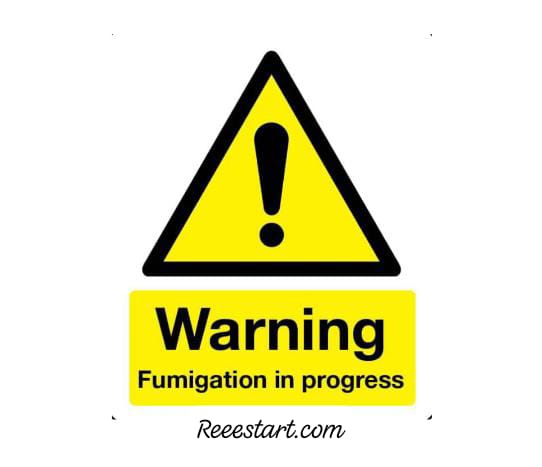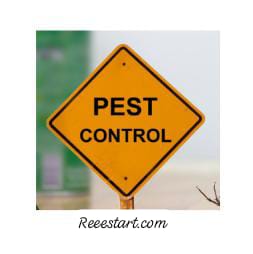Storing Pesticides Safely is crucial for protecting human health, the environment, and the efficacy of the product itsel, Also Knowing the basics of pesticide selection before purchasing is crucial. Therefore, Restart provides its readers with four essential steps to follow when buying any pesticide.
Storing Pesticides safely
Pesticides are powerful chemicals that can be harmful to humans, animals, and the environment if not handled correctly. Always follow the instructions on the pesticide label carefully.
Storing Pesticides safely Guidelines
- Original containers, Always store pesticides in their original, labeled containers.
- Secure location, Keep pesticides in a locked, secure area inaccessible to children and pets.
- Cool, dry place,Store in a cool, dry place, away from heat sources and direct sunlight.
- Ventilation, Ensure good ventilation in the storage area.
- Separation,Store pesticides away from food, feed, and other chemicals.
- Regular inspection, Check for leaks, damage, or spills regularly.
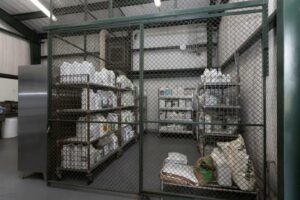
Diagnosis and Integrated Pest Management
Accurate diagnosis of an infestation by a particular public health pest is the foundation for the success of an integrated pest management (IPM) program, Correctly identifying the treatment or specific pesticide is the second essential factor for the success of any pest control program.
Importance of Proper Pesticide Selection
Selecting the appropriate pesticide has principles and guidelines that should be followed to ensure the success of pest control operations, consider economic costs, and protect the environment by avoiding excessive and wasteful pesticide use and unnecessary chemical treatments, Correct pesticide selection saves time, effort, and money and enhances the desired outcomes of an IPM program.
Basics of Pesticide Selection
What are the main considerations to focus on, and what should you do when purchasing a pesticide? There are several steps that help in making the right choice:
- Precisely identify the organism causing the problem before purchasing a pesticide.
(Specific insect, weed, plant disease, public health pest, etc.). - Check the label to ensure it is suitable for use on the plants or treatment site you have in mind. Make sure the specific plant type or site you plan to treat is listed on the label.
- Do not use pesticides labeled for ornamental plants on plants meant for consumption, and never use pesticides labeled “for outdoor use only” indoors.
- Some pesticides can cause serious damage to certain plants, so always read the label to ensure the treated plants will not be harmed.
- When selecting pesticides, always consider the following points:
- Most pesticides (even the most toxic) control only certain stages of the pest.
- Many insecticides kill only larval stages, not eggs or pupae, while others target only the adults.
- Many fungicides are preventative treatments and will not eliminate an infection already underway, though they may slow its spread.
- Some herbicides (pre-emergent herbicides) kill germinating weeds but not established ones, while others (post-emergence herbicides) are effective against actively growing weeds.
- Always read the pesticide label—it contains the most important information and serves as a legal document for every registered pesticide in the country.
- Keep the original registration document of the product always.
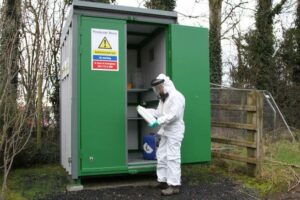
Label Information Includes:
- Trade Name
Identifies the product easily in a specific market.
- Active Ingredients
The percentage of active ingredients and toxic other ingredients, preferably in a form approved by ISO.
- Scientific Name
Should be separately mentioned if not included in the trade name.
- Concentration of Active Ingredients
Expressed in grams per kilogram, per liter, or as a percentage.
- Toxicity
LD50 numbers or other data like WHO hazard classification, with some countries using color-coded schemes to highlight higher risk ratings.
- Manufacturer
Name, address, preferred contact methods (phone/fax/email), with some markets also listing suppliers and their contact details.
- Target Pest
Indication of the intended target pest.
- Dosage
Instructions on diluting the product, specifying the amount and type of diluent.
- Usage Instructions
How to apply the product.
- Precautions:/
Tips on safety during use, storage, and disposal of empty containers.
- First Aid
Simple first aid advice for emergencies.
- Notes for Doctors
Includes information on the mode of action and the proposed antidote.
- Product Quantity
Expressed in kilograms or liters.
- Lot Number
Useful for tracking specific shipment dates and addressing efficacy issues.
- Production/Expiry Date
Supports good stock management practices.
- Illustrations
Highlight the need for protective clothing and safe disposal.
- Storage Requirements
Ensure the storage environment meets legal permissions and has necessary division, air conditioning, ventilation, and safety equipment.
Pesticide Storage Requirements
- The storage facility must be licensed by the relevant governmental authorities to store pesticides.
- Should be divided to separate liquid pesticides from dry pesticides.
- Provide a separate and locked area for restricted-use pesticides.
- Equipped with air conditioning and proper ventilation.
- equipped with safety and security measures, including fire extinguishers, water sources for fire fighting, first aid kits, and necessary safety equipment.
- Clear and visible warning signs and instructional boards in both Arabic and English.
- Equipment to handle pesticide spillages or leaks.
- Good lighting and ventilation, ideally with exhaust fans in large storages and ventilation at both ceiling and floor levels.
- Washing facilities available.
- Each container should be labeled in both Arabic and English with the trade name, active ingredient name and type, hazard symbols, usage and storage instructions, production date, expiry date, and appropriate antidote in case of poisoning.
- Maintain chemical safety data sheets (MSDS) in Arabic and English for all stored pesticides.
- A color-coded chart of hazardous material symbols should be hung in the storage area and on the containers.
- Devices to measure temperature and humidity to maintain optimal levels and prevent pesticide damage.
- Store pesticides away from direct sunlight, heat, and humidity to ensure their integrity.
By following these guidelines, you can ensure the effective, safe, and economical use of pesticides while protecting the environment.

